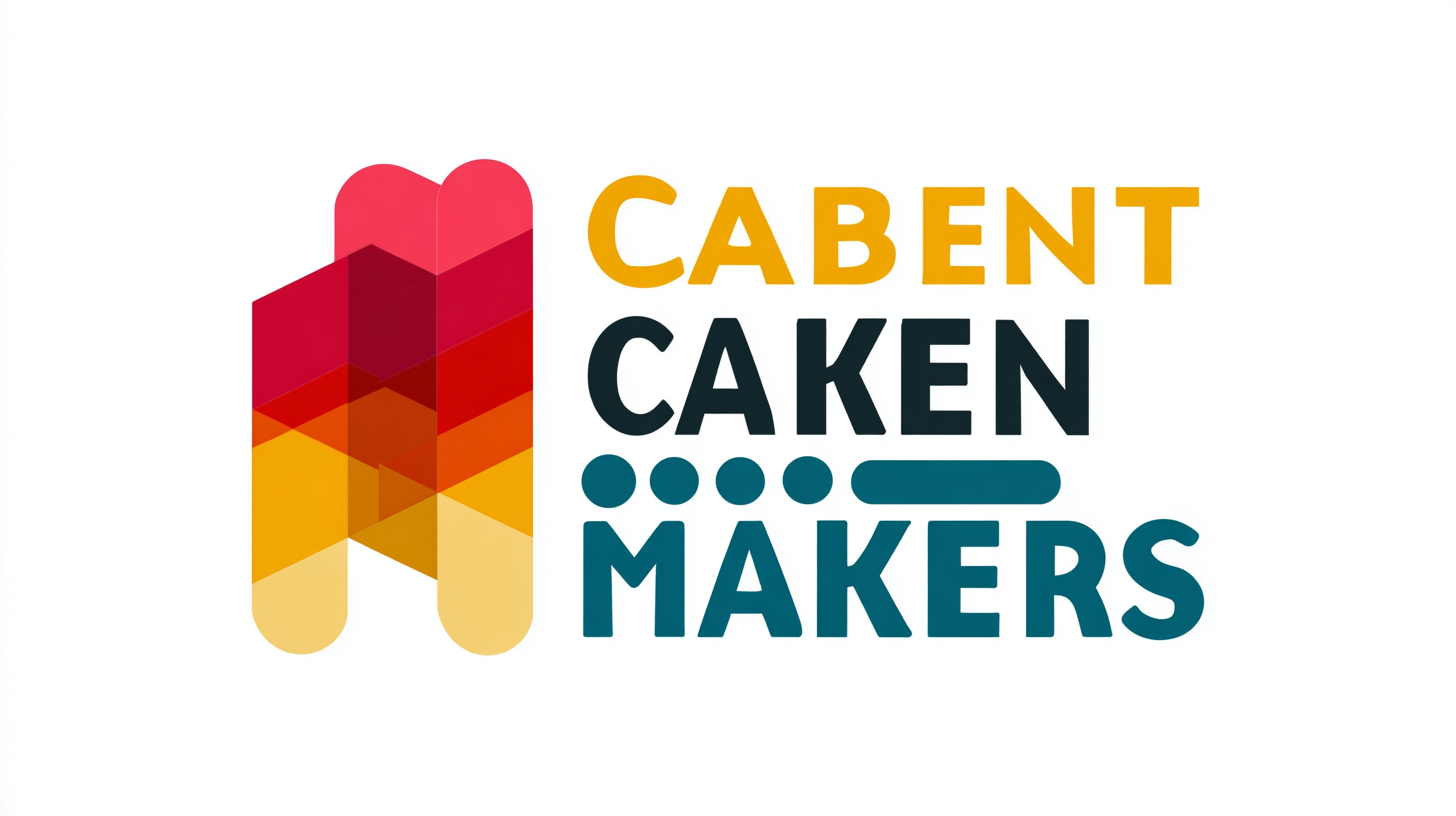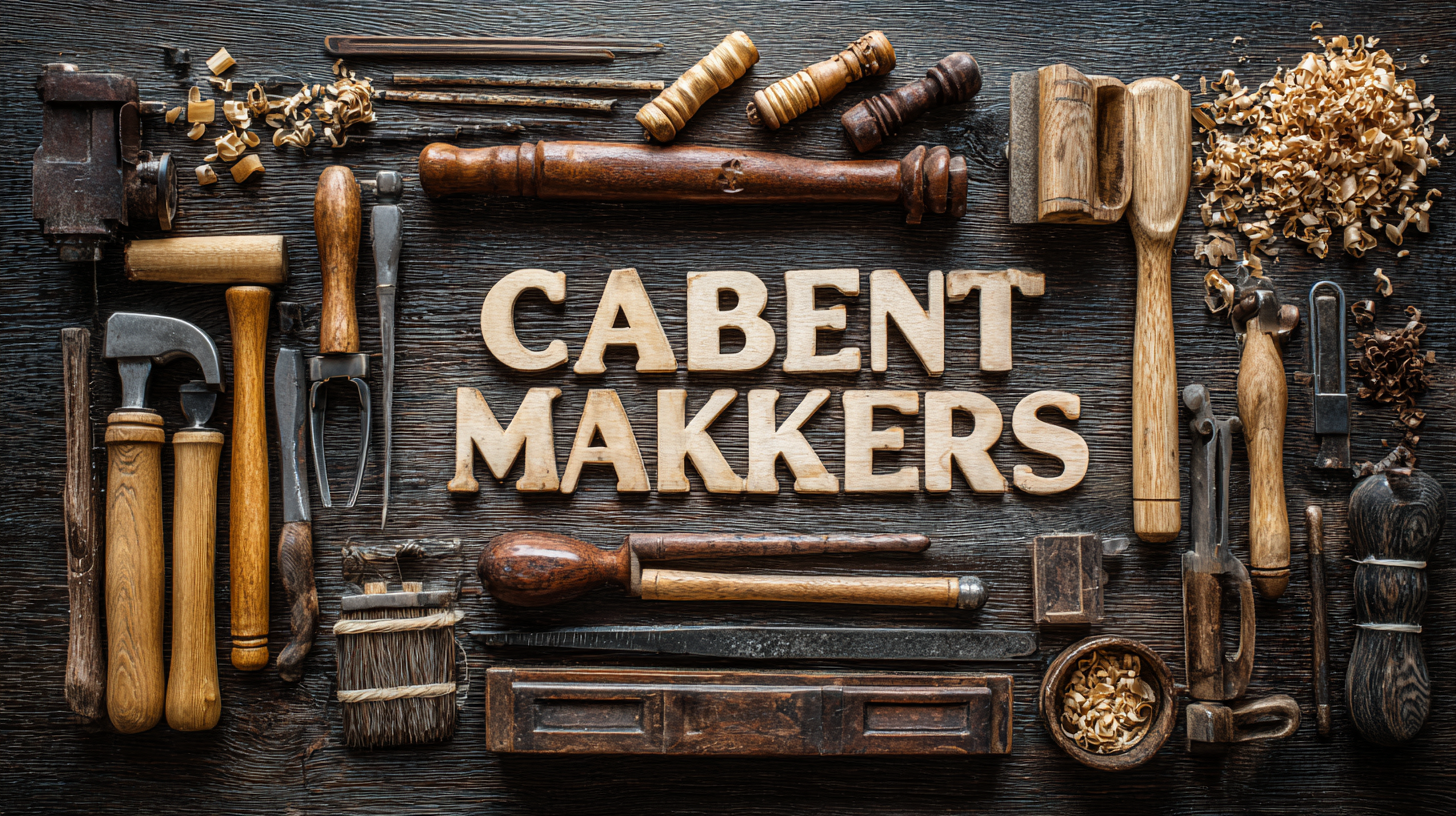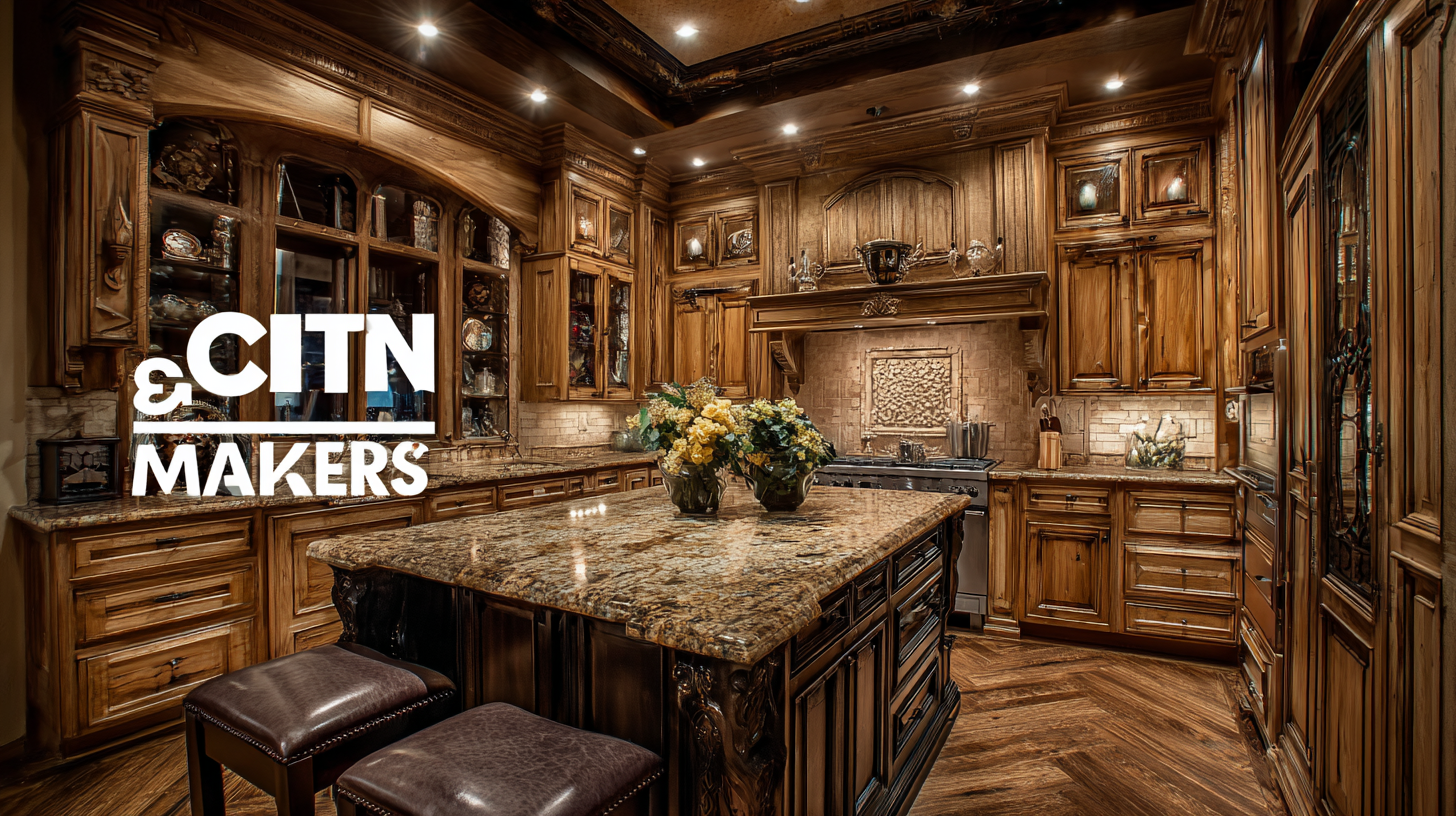As we approach 2025, the cabinet making industry is poised for significant transformation, driven by evolving consumer preferences, technological advancements, and sustainability initiatives. According to a recent industry report by IBISWorld, the cabinet manufacturing sector is projected to grow at an annual rate of 3.3%, reaching a market size of $13 billion by 2025. This growth presents both challenges and opportunities for cabinet makers as they navigate trends such as customization, eco-friendly materials, and the integration of smart home technologies. To thrive in this dynamic landscape, cabinet makers must adopt innovative strategies and stay informed about industry shifts, leveraging data-driven insights to meet the demands of a discerning customer base. This blog will explore the key trends and strategies that will define the future of cabinet makers, equipping them with the knowledge to succeed in an increasingly competitive market.

The cabinet making industry is undergoing a significant transformation as artisans and manufacturers embrace innovative materials and techniques. One emerging trend is the increasing use of
sustainable materials such as bamboo, reclaimed wood, and recycled composites. These materials not only minimize environmental impact but also cater to the growing consumer demand for
eco-friendly products. As customers become more conscious of their choices, cabinet makers who prioritize sustainability will find themselves ahead in the competitive landscape.
In addition to materials, advancements in technology are influencing traditional cabinet making techniques. The integration of
CNC machining and
3D printing is enabling craftsmen to create intricate designs with precision and efficiency. These technologies allow for greater customization, meeting diverse client needs while reducing lead times. As a result, cabinet makers are not only enhancing their production capabilities but also broadening their creative horizons, paving the way for a new era of bespoke cabinetry that marries functionality with artistic expression.
As the cabinet-making industry evolves, there is a growing emphasis on eco-friendly solutions that align with consumer demand for sustainability. According to a report by the American Sustainable Business Council, 72% of consumers are willing to pay more for products made from sustainable materials, underscoring the potential for cabinet makers to incorporate eco-friendly practices into their operations. For instance, using reclaimed wood and low-VOC finishes not only minimizes environmental impact but also attracts a conscientious customer base eager to support sustainable craftsmanship.

In 2025, cabinet makers must adopt innovative strategies to maintain competitiveness. This includes embracing sustainable manufacturing processes such as the use of water-based adhesives and energy-efficient production technologies. The Global Industry Analysts report indicates that the eco-friendly furniture market is projected to reach $80 billion by 2025, driven by heightened awareness of environmental issues. By integrating sustainable practices, cabinet makers can not only reduce their carbon footprint but also position themselves as leaders in a rapidly growing market that prioritizes environmental responsibility.
The cabinet making industry is at a pivotal crossroads as technology continues to evolve. Automation has introduced efficiencies and precision that can drastically reduce production times and costs. State-of-the-art CNC machines are able to create intricate designs with minimal human intervention, ensuring uniformity and high standards of quality. However, this shift towards mechanization raises questions about the intrinsic value of handcrafted items. Many consumers still prioritize the artistry and uniqueness that come with human craftsmanship, viewing it as a mark of authenticity and a personal touch in their homes.
Craftsmanship, with its rich heritage, offers a level of detail and character that machines simply cannot replicate. Artisans pour their passion into each piece, often using traditional techniques passed down through generations. The tactile experience of interacting with a hand-finished product resonates deeply with consumers who appreciate the stories behind each creation. As the industry moves towards 2025, successful cabinet makers will need to strike a balance between embracing technological advancements and preserving the painstaking artistry that defines their trade. By integrating automation where it enhances productivity without sacrificing quality, they can appeal to a broader range of customers, providing both efficiency and the timeless charm of handcrafted work.
| Trend/Strategy | Description | Impact on Industry | Implementation Challenges |
|---|---|---|---|
| Automation in Production | Incorporating CNC machines and robotic systems to streamline cabinet making processes. | Increases efficiency and reduces labor costs, leads to faster production times. | High initial investment costs and need for skilled operators. |
| Sustainable Materials | Utilizing reclaimed wood and eco-friendly finishes in cabinet production. | Attracts environmentally conscious consumers and compliant with regulations. | Sourcing challenges and potential higher material costs. |
| Customization Options | Offering tailored designs and finishes based on customer preferences. | Enhances customer satisfaction and allows for premium pricing. | Increased production time and complexity of orders. |
| Handcrafted Techniques | Focus on artisanal craftsmanship and traditional methods in cabinet making. | Appeals to consumers valuing quality and uniqueness in products. | Higher labor costs and longer production times. |
| Digital Marketing Strategies | Utilizing social media and online platforms to reach broader audiences. | Increases brand visibility and drives sales through online channels. | Requires ongoing investment in content creation and management. |
As we look towards 2025, consumer preferences continue to play a pivotal role in shaping the trends within the cabinet manufacturing industry. A recent report by the Kitchen Cabinet Manufacturers Association (KCMA) highlighted that 72% of consumers prioritize aesthetics when selecting cabinetry for their homes. This trend underscores a significant shift towards personalized and visually appealing designs that resonate with individual tastes and lifestyles. The rise of open-concept living spaces has also reinforced the importance of cohesive design, leading homeowners to seek cabinets that complement their overall interior aesthetic.

Material selection and finishes are equally influenced by current aesthetic trends. Research from the American Wood Council suggests that natural materials, particularly hardwoods and eco-friendly composites, are increasingly favored by consumers who value sustainability alongside beauty. In fact, 60% of respondents in a recent survey indicated that they would pay a premium for cabinets made from sustainable materials. Additionally, finishes such as matte and textured surfaces are gaining traction, reflecting a broader movement towards style and functionality that resonates with modern sensibilities. As cabinet makers adapt to these evolving consumer preferences, innovation in design and material options will be crucial for capturing the attention of discerning homeowners.
In the competitive world of cabinet making, effective marketing and customer engagement strategies are crucial for success. As we look towards 2025, cabinet makers must adopt innovative approaches to stand out in the market. One key tip is to leverage social media platforms to showcase your craftsmanship. High-quality images and engaging videos of your projects can attract potential customers and build a loyal online community. Regular updates and behind-the-scenes content can also humanize your brand and foster connections.
Another important aspect is personalized customer engagement. Understanding your clients' needs and preferences can significantly enhance their experience. Utilize tools like customer surveys and feedback forms to gather insights, allowing you to tailor your offerings. Additionally, consider implementing a CRM (Customer Relationship Management) system to manage interactions efficiently. This leads to improved communication and a more personalized approach, making customers feel valued and understood.
Lastly, creating valuable content can position you as an industry expert. Consider starting a blog or video series that addresses common questions about cabinet design and installation. Sharing tips, trends, and best practices will not only engage your audience but also help establish trust and credibility in your brand. By focusing on these strategies, cabinet makers can navigate the evolving landscape and drive success in the years to come.
Whether you’re a homeowner, builder, or designer, you’ll find that our elegant cabinets create a breathtaking space that evokes positive emotions and encourages lasting memories. We invite you to explore our website to learn more about who we are and how we can help you.
Woodinville | Bellevue | Seattle | Kirkland | California | Berkeley | Walnut Creek | Roseville, CA
© 2025 Acadia Craft. Powered by Integrity Marketing Serving Woodinville, Kirkland, Bellevue & The Greater Seattle Area
